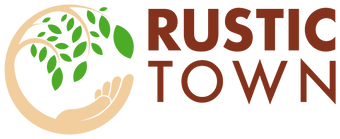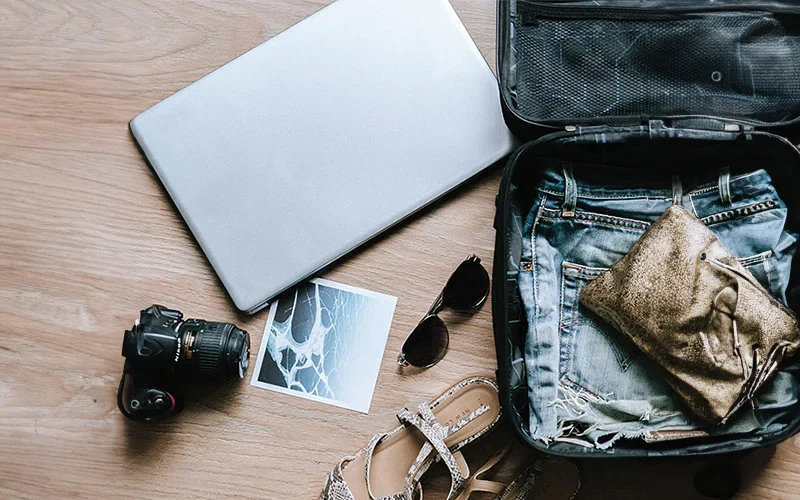The important thing is not to stop questioning - Albert Einstein
Hello People!
There is a magical quality about leather that always seem intriguing. It's not just a product, it's a way of life, an attitude.
For past several months, many of you have asked various questions to me surrounding leather. That's why, in this blog, I'll be taking up those questions and answer them based on my experience in this field with the material.
Therefore, let's begin this new endeavors of ours, titled 'Ask Shalu!', wherein you ask questions related to leather bags, accessories and anything related to it, and I'll be more than happy to answer you. In addition, hopefully, I'll be able to tell you fun facts about leather that you'd like to know. I hope with this information, consumers get to know more about leather and use it in their day-to-day life.
Here's a compilation of some of your questions. Let's start:
Q-1. Is a leather a by-product of an animal?
Answer: Leather is essentially a by-product. Cattle, goat, sheep, etc. are mainly reared for the production of meat, wool and dairy product.
Did You Know: If the leather industry did not utilize and process these hides and skins, it would've created an enormous waste disposal problem and other health hazards.
Q-2. What is the impact of leather on the environment?
Answer: Leather is a natural renewable resource. Leather, if not produced, will be replaced by synthetic materials that are derived from non-renewable resources.
Did You Know: At Rustic Town, we use Eco-Friendly leather which is naturally processed using vegetable compounds and also 1% chrome tanned leather. The method, though time-consuming and painstaking, doesn't involve the use and discharge of toxic or harmful chemicals.
Q-3. Is there any other use of leather apart from bags, shoes and jackets?
Answer: Leather has immense contribution to the everyday life. Leather is used in sporting equipments, engineering (machinery belts), furniture, flooring, wall panels, and many more.
Fun Fact: Do you know, a person usually has at least one leather on him/her at any given time (for example shoes, belt, wallet, watch-strap, etc).
Q-4. How much percentage of leather should be there in a product for it to be technically called a pure leather item?
Answer: Leather products are allowed to be produced with non-leather materials provided that the use of non-leather materials does not exceed specific levels, as prescribed.
For example, a pair of genuine leather shoes should ideally contain pure leather in the following proportion:
Upper - 80% surface area
Lining - 80% surface area
Sole - 80% volume
Q-5. There's so much confusion about the types of leather. Simply tell us the important ones in concise words.
Answer: Generally, there are four types of leather-based on the quality:
1. Full-grain leather: This type of leather is made from the finest hides. The imperfections (or natural marks) on the surface of the hide remain as it is. It's the most sought after leather type, and thus, the most expensive.
A lot of our products at Rustic Town is made of full-grain leather, thus offering you the best leather quality.
2. Top-grain leather: It is the second-highest quality. It is thinner and flexible than full-grain. It is less expensive.
3. Corrected grain leather: It is any leather that has had an artificial grain applied to its surface.
4. Split grain leather: It is produced from the hide's fibrous section. It is commonly used to make suede leather, used in bags, upholstery, accessories and shoes.
Q-6. Is a leather sensitive to temperature?
Answer: Yes, leather adjusts to temperature.
Important Tip: Keep leather out of direct sunlight as the UV rays of the sun will cause inevitable fading. Also, make sure the material is not too close to a heating vent or fireplace. Changes in temperature and humidity may cause the leather to crack and dry out.
Q-7. Everyone talks about leather being a 'lifelong' item? How true is it?
Answer: Very true, leather products last a lifetime. Since leather is a natural product, aging brings out its natural sheen, making it better over time.
Whether its leather bags, such as satchels, messengers, backpacks, or accessories, such as journals, phone covers, etc., all genuine leather products have a life long value.
Q-8. What is the difference between vegetable and chrome leather?
Answer: The tanning process generally involves the soaking of hides in alkaline chrome salts to preserve them from decay. This process is called chrome leather.
On the other hand, another method, called vegetable-based tanning, is used for processing leather.
Vegetable tanning provides a more traditional, or a 'vintage' look to the leather. It also allows for easier crafting and embossing.
At Rustic Town, we use vegetable leather that gives leather its unique natural characteristics, without any use of chemicals.
Thus, these were some of the questions that I hope have managed to answer to the best of my abilities. Hope the list covered most of the basic questions, along with some trivia as an icing on the cake! The aim was to provide a deeper look into the world of leather. I
If you have any more questions to ask me, feel free to post your comments below! With that in mind, I hope to post another 'Ask Shalu' blog in future :)
Until we meet next time,
Cheers!
Love,
XOXO







